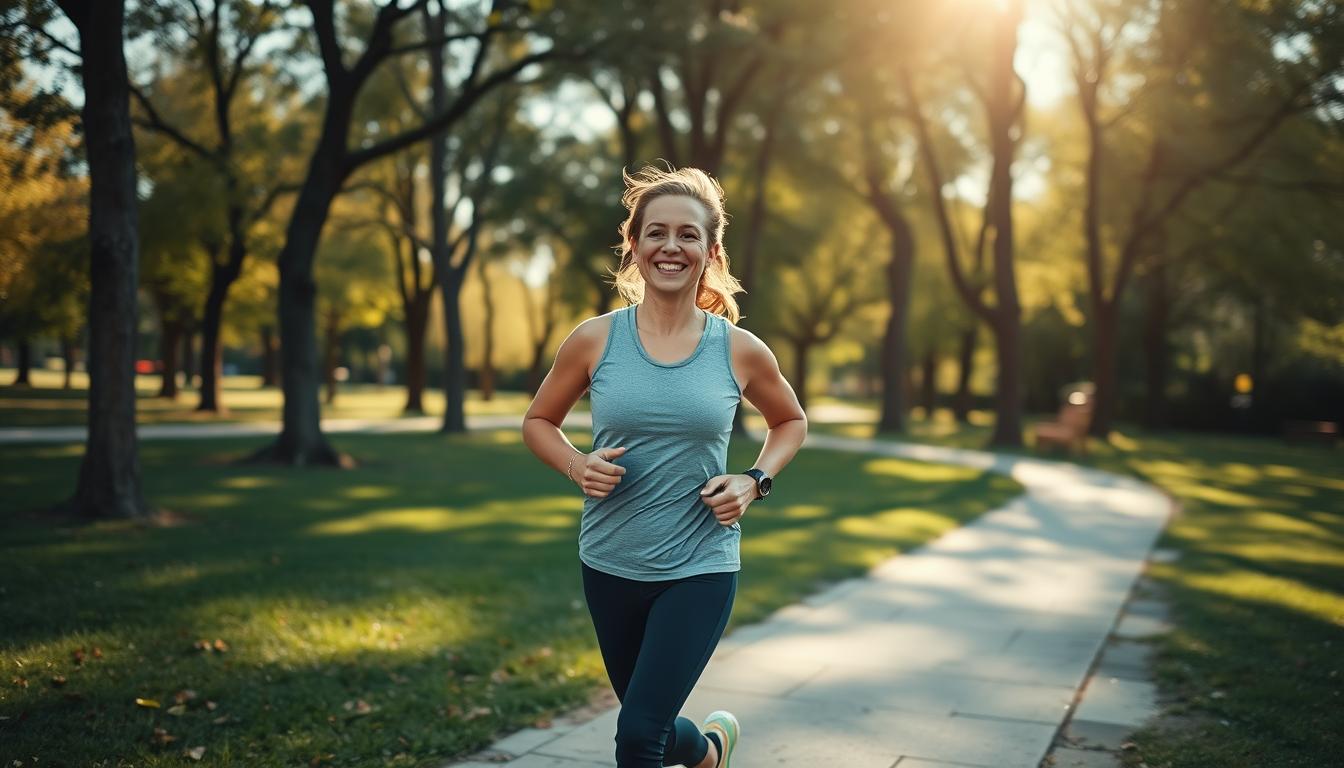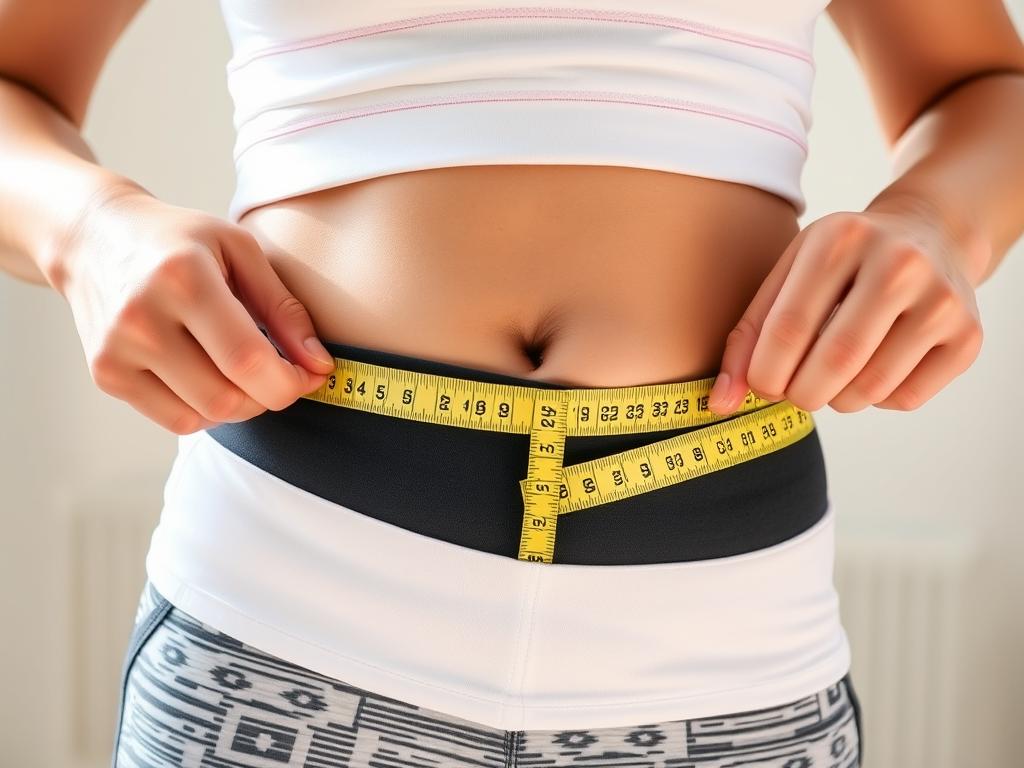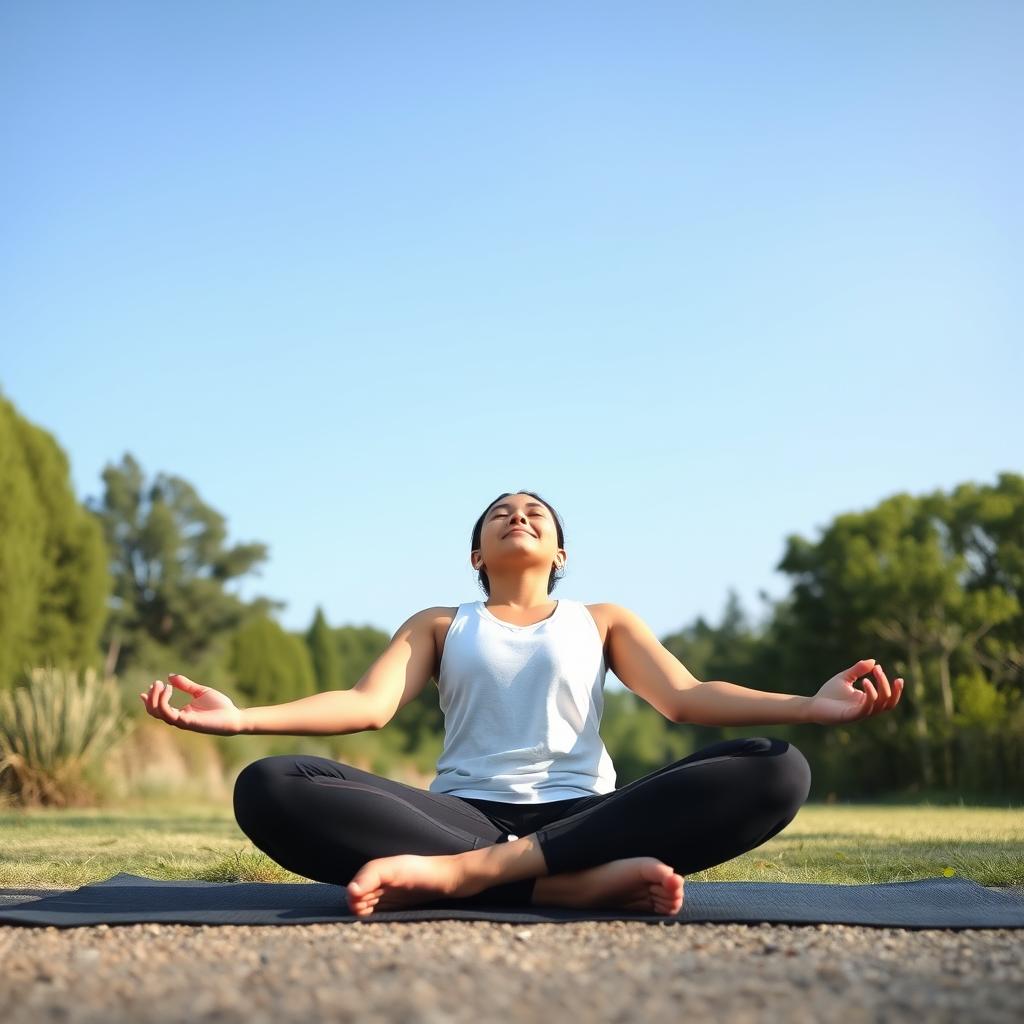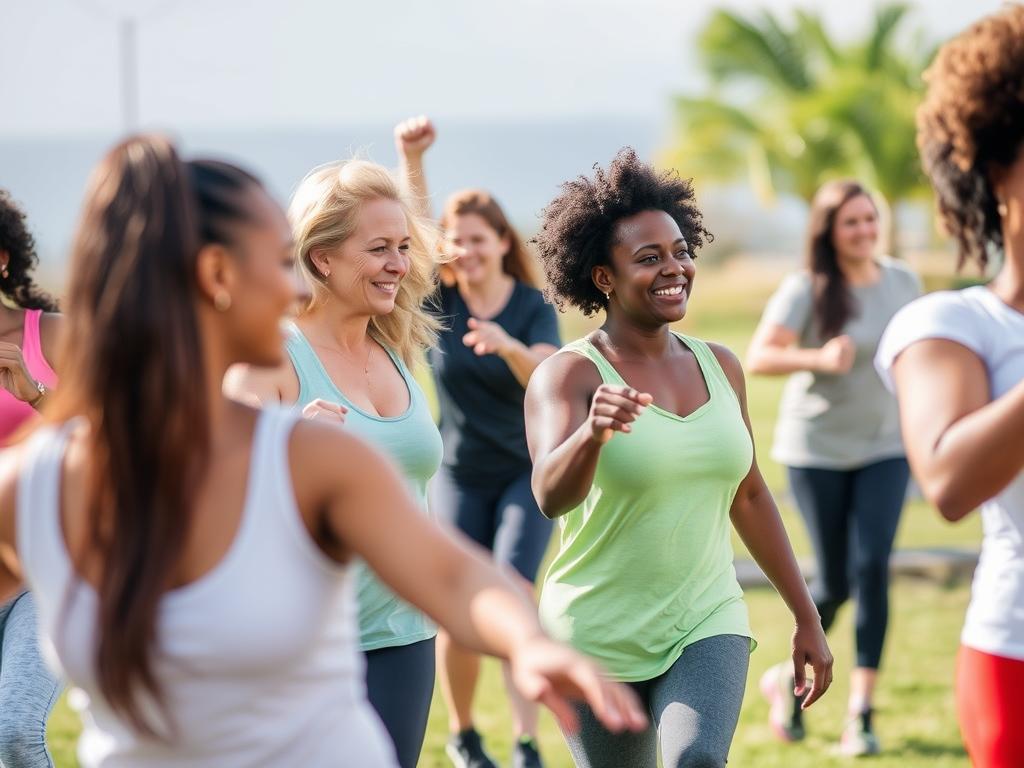The Benefits of Regular Physical Activity
Regular physical activity is one of the most powerful tools we have for improving health and wellbeing. Yet, according to the World Health Organization, 31% of adults worldwide don't meet recommended activity levels. The good news? Even small amounts of movement can deliver significant benefits. Whether you're looking to boost your mood, manage your weight, or reduce disease risk, physical activity offers a remarkable range of advantages that extend far beyond the gym.

What Is Regular Physical Activity?
The World Health Organization defines physical activity as any bodily movement produced by skeletal muscles that requires energy expenditure. This includes activities you might not consider "exercise" – walking to work, gardening, climbing stairs, or playing with children all count as physical activity.
Regular physical activity doesn't necessarily mean intense gym workouts. According to health guidelines, adults should aim for:
- At least 150 minutes of moderate-intensity activity weekly (like brisk walking)
- OR 75 minutes of vigorous-intensity activity weekly (like running)
- Muscle-strengthening activities at least twice weekly
- Reduced sitting time throughout the day
Remember: any movement is better than none. Even small increases in physical activity can improve your health.

Physical Health Benefits
Reduced Risk of Chronic Diseases
One of the most significant benefits of regular physical activity is its ability to prevent and manage chronic diseases. According to research, physically active people have a 20-30% reduced risk of premature death compared to inactive individuals.
Regular physical activity helps:
- Lower risk of cardiovascular disease by improving heart function and reducing blood pressure
- Prevent type 2 diabetes by improving insulin sensitivity and blood glucose control
- Reduce risk of certain cancers, including colon, breast, uterine, bladder, esophageal, kidney, stomach, and lung cancer
- Strengthen bones and reduce risk of osteoporosis
- Improve immune function and reduce inflammation
A Harvard study found that just 150 minutes of moderate exercise per week can reduce heart disease risk by up to 14%.
Weight Management
Physical activity plays a crucial role in maintaining a healthy weight. When combined with healthy eating habits, regular movement helps:
- Burn calories and create energy balance
- Build and preserve muscle mass
- Boost metabolism, even after exercise
- Reduce abdominal fat, which is linked to higher disease risk
To maintain weight, aim for at least 150 minutes of moderate activity weekly. For weight loss, you may need to increase duration or intensity while also managing calorie intake.
Learn more about activity for weight management
Improved Physical Function
Regular physical activity enhances your body's ability to perform everyday tasks with greater ease. This becomes increasingly important as we age.
Benefits include:
- Increased muscle strength and endurance
- Better balance and coordination, reducing fall risk
- Improved flexibility and joint mobility
- Enhanced respiratory function
- Greater energy levels for daily activities
For older adults, regular physical activity can be the difference between independent living and requiring assistance. Studies show that strength training can reverse age-related muscle loss by up to 10 years.

Mental Wellbeing Benefits
Stress Reduction and Mood Enhancement
Physical activity is a powerful stress reliever and mood booster. When you exercise, your body releases chemicals that can significantly improve your mental state:
- Increased production of endorphins, your body's natural mood elevators
- Reduced levels of stress hormones like cortisol
- Release of serotonin, dopamine, and norepinephrine, which regulate mood
- Improved sleep quality, which further enhances mood
Even a single 30-minute session of moderate physical activity can provide immediate mood benefits that last for hours afterward.

Anxiety and Depression Management
Regular physical activity is increasingly recognized as an effective intervention for mental health conditions. Research shows that:
- People who exercise regularly experience up to 30% lower rates of depression
- Physical activity can be as effective as medication for mild to moderate anxiety
- Regular movement helps prevent the onset of depression and anxiety
- Exercise provides a healthy coping mechanism for managing symptoms
The mental health benefits of physical activity appear to work through multiple mechanisms, including reduced inflammation, improved brain function, and enhanced self-efficacy.
Explore exercise for mental healthCognitive Function and Brain Health
Physical activity doesn't just strengthen your body—it also enhances your brain. Regular movement has been shown to:
- Improve memory and thinking skills
- Enhance focus and concentration
- Boost creativity and problem-solving abilities
- Reduce risk of cognitive decline and dementia
- Promote growth of new brain cells and connections
A landmark study published in the journal Neurology found that regular aerobic exercise increased brain volume in areas associated with memory and learning, potentially slowing age-related cognitive decline by up to 10 years.
Overcoming Common Barriers to Physical Activity
Despite the numerous benefits, many people struggle to incorporate regular physical activity into their lives. Here are solutions to common barriers:
Barrier: "I don't have enough time"
- Break activity into smaller 10-minute sessions throughout the day
- Incorporate movement into daily routines (take stairs, walk during calls)
- Schedule physical activity as you would any important appointment
- Choose high-efficiency workouts like interval training when time is limited
Barrier: "I lack motivation"
- Find activities you genuinely enjoy rather than what you "should" do
- Set specific, achievable goals and track your progress
- Exercise with friends or join groups for accountability
- Focus on how activity makes you feel, not just physical results
Barrier: "Exercise is uncomfortable"
- Start with gentle activities and gradually increase intensity
- Try different types of movement to find what feels good for your body
- Consult with healthcare providers about pain-free options
- Remember that discomfort often decreases as fitness improves
Barrier: "I can't afford equipment/gym"
- Walking requires only comfortable shoes
- Use free online workout videos or fitness apps
- Utilize household items as weights or resistance tools
- Explore community resources like parks, free classes, or community centers

Remember that consistency matters more than perfection. Missing a day or week doesn't mean you've failed—it's just part of the journey. The most important thing is to keep returning to activity.
Getting Started: Your Physical Activity Plan
Start Small and Build Gradually
The best physical activity plan is one you can actually maintain. Here's how to begin:
- Assess your current activity level honestly
- Set realistic goals based on your starting point
- Choose activities you enjoy or are curious about
- Start with just 10 minutes daily of any movement
- Gradually increase duration and intensity as your fitness improves
Even a 10-minute daily walk can provide meaningful health benefits. As this becomes comfortable, you can extend the time or add new activities.

Sample Beginner's Weekly Plan
| Day | Activity | Duration | Intensity |
| Monday | Walking | 10-15 minutes | Light to moderate |
| Tuesday | Rest or gentle stretching | 5-10 minutes | Very light |
| Wednesday | Walking | 10-15 minutes | Light to moderate |
| Thursday | Basic strength exercises (chair squats, wall pushups) | 10 minutes | Light to moderate |
| Friday | Walking | 15-20 minutes | Moderate |
| Saturday | Fun activity (dancing, gardening, active play) | 15-30 minutes | Varies |
| Sunday | Rest or gentle yoga | 10-15 minutes | Very light |
This plan provides approximately 75-120 minutes of activity per week—a great starting point for beginners. As this becomes comfortable, gradually increase duration and add variety.

Tracking Your Progress

Measuring Success Beyond the Scale
While weight is one metric, there are many more meaningful ways to track your progress:
- Energy levels throughout the day
- Mood and mental clarity
- Sleep quality
- Endurance (how long you can be active without fatigue)
- Strength (ability to lift or move objects)
- Flexibility and range of motion
- Resting heart rate and recovery time
- Blood pressure and other health markers
Consider keeping a simple journal noting how you feel before and after activity, or use a fitness app to track your progress over time.
Start Your Journey to Better Health Today
Regular physical activity is one of the most powerful tools available for improving your health and quality of life. The benefits extend far beyond physical appearance, positively impacting your mental wellbeing, disease risk, longevity, and daily functioning.
Remember these key points:
- Any amount of physical activity is better than none
- Start small with just 10 minutes daily and build gradually
- Choose activities you enjoy to make consistency easier
- Track multiple measures of progress beyond just weight
- Be patient and celebrate small improvements
Your future self will thank you for the investment you make in your health today through regular physical activity.
Ready to experience the benefits of regular physical activity?
Start with just 10 minutes of walking today. No special equipment needed—just comfortable shoes and the decision to begin.
Get Started With Physical Activity


Post a Comment